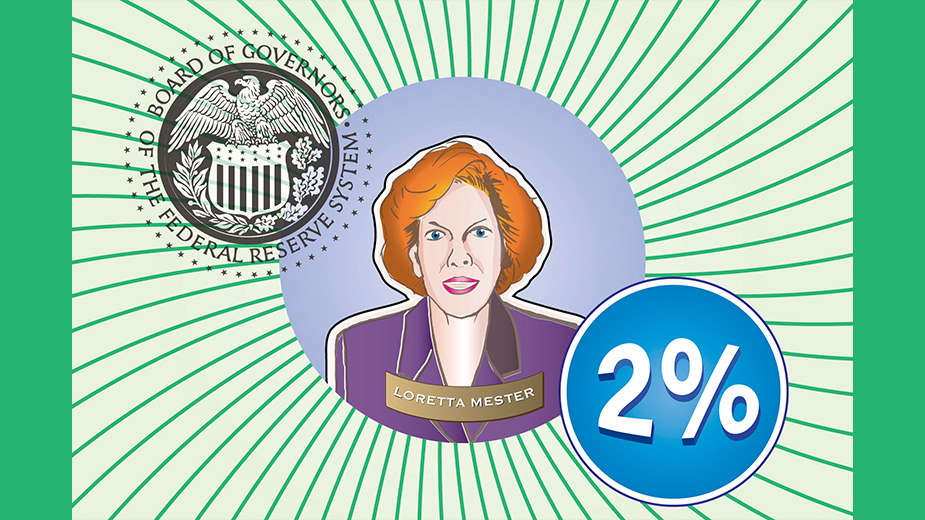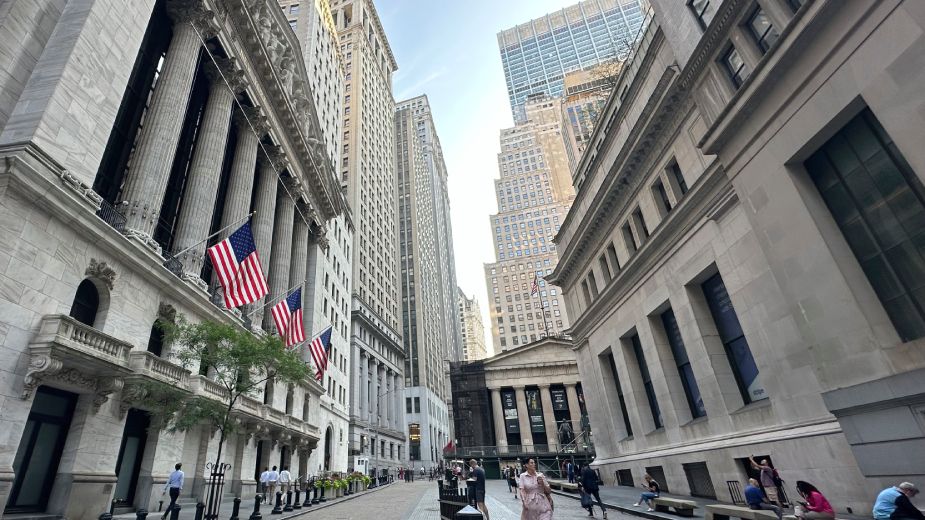PNC Economists: Holiday Spending to Drop, Online Sales to Skyrocket
PITTSBURGH, Pa. – The holiday shopping outlook is “ highly uncertain,” senior economists at PNC Bank say.
Following news earlier this week that consumer spending increased 0.3% in October, Gus Faucher says this year’s trend of peaks and valleys in consumer spending is likely to carry through the holiday season.
“Retail sales plunged in March and April as consumers stayed home and businesses closed down, and then surged in the late spring and early summer as consumers ventured out again and businesses reopened. One-time stimulus checks and bonus unemployment insurance benefits allowed households to boost their spending, and low interest rates encouraged purchases of big-ticket items like cars and appliances,” he said in a statement.
Overall, he projects total in-person shopping to decline 6% from last year’s levels, though online sales are expected to skyrocket by 27%.
“The outlook for the rest of 2020, including the important holiday sales season, is highly uncertain,” he says. “On the plus side many households still have leftover cash from stimulus efforts, the job market is recovering, and interest rates remain very low. But the resurgence of the pandemic may discourage shoppers from going out and stimulus cash is running out for the millions of households with unemployed workers, forcing them to cut back.”
Although unemployment remain somewhat elevated a 6.9% – nearly double the rate from February – consumer habits have shifted, explained economist Bill Adams. Over the course of the pandemic, spending has shifted toward goods and away from services. Spending on travel, entertainment and restaurant dining has fallen, while food, building materials, electronics and entertainment supplies have seen a boost.
“With stimulus efforts, including one-time checks for many households and bonus unemployment insurance benefits, households actually have more after-tax income now than they did before the pandemic, even with enormous job losses,” Adams said. “High-income earners, who account for the bulk of holiday sales, have experienced disproportionately fewer job losses. And household wealth is rising, especially for high-income households, thanks to gains in stock prices and home values”
The boost in overall holiday spending is likely to come from higher sales volume rather than in increase in prices.
“With the U.S. and global economies still much smaller now than they were before the pandemic, there is a great deal of excess capacity that is making it difficult for firms to raise prices,” Foucher said. “Input costs, especially for energy, are lower now than they were in 2019, containing inflation; the high unemployment rate is also restraining labor costs. And competition from online retailers will continue to restrain price growth. Price increases for some holiday goods will be larger, however, especially for those with stronger demand and/or that have been subject to supply chain disruptions.”
The economists do note, however, that fading stimulus efforts could hamper holiday sales as the $1,200 one-time payment made in mid-April is likely to be spent already or spent on necessities outside of gift shopping.
“Extended unemployment insurance benefits tied to the pandemic are set to expire at the end of the year and Congress has been unable to agree on a new stimulus package,” Adams said. “Millions of households have unemployed workers; they could turn more cautious in their spending without a stimulus deal. There are some upside risks, however. Foremost is recent good news on vaccine development, which could boost consumer confidence and spending. Vaccine news has also pushed up stock prices, which could provide an extra lift to spending by wealthier households.”
Photo by FreeStocks.org from Pexels
Published by The Business Journal, Youngstown, Ohio.



